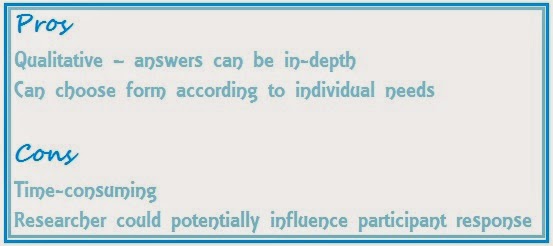Liminal Text
Can writing perform? Is the archive merely bones – and what
does it mean if it is? Or if it isn’t?
W.B Worthen argues that there is a relationship between the
text as it is laid down onto a page, and the ways in which this affects how it
is read or performed. I read a performance text, or a script, as prescriptive,
rather than proscriptive: the mise en
page suggests, rather than dictates the mise
en scene.
Text is shifting
Image Source: archdaily.com
Image Source: archdaily.com
Text is not a static, stable signifier; rather it is an
active participant in the mutual destabilisation of a performative event. We
can read culture in to text; we can see the advent of printing processes
creating order in a society as the words on the page become a referent of
fixity and stability. Therefore, can writing undermine culture through playing
with the performance of text, as well as the text in performance?
When we read a page of text, especially playtexts, writing
that is meant to be both performative and performed, we read the poetics of the
page as well as the words themselves. We read, and are thus invited to fill,
the space of silence, the white space. Compared to novels, plays give us less
but allow us more: we are given the space and the script is a call-to-action,
energizing us to play.
Image Source: hrc.utexas.edu
Taking into account this energy, this collaboration between
the page and the player, we can argue that reading is a performative action. Different
types of texts, and types of type, infer multiple readings and styles of
reading. For example, when I read a play, I actively imagine the performance –
reading is a personal theatre; when I read an academic text I write, take
notes, performing these actions as an aid to memory.
Writing is an aid to both memory and forgetting. The text
permits us to forget even as it inscribes remembrance. Text is not stable: form
and formation are informed by cultural constructs at a given moment, and
defined by the canonical institution, which, itself, is shifting. The archive
represents a present moment of permanence: a liminal constant.





Comments
Post a Comment